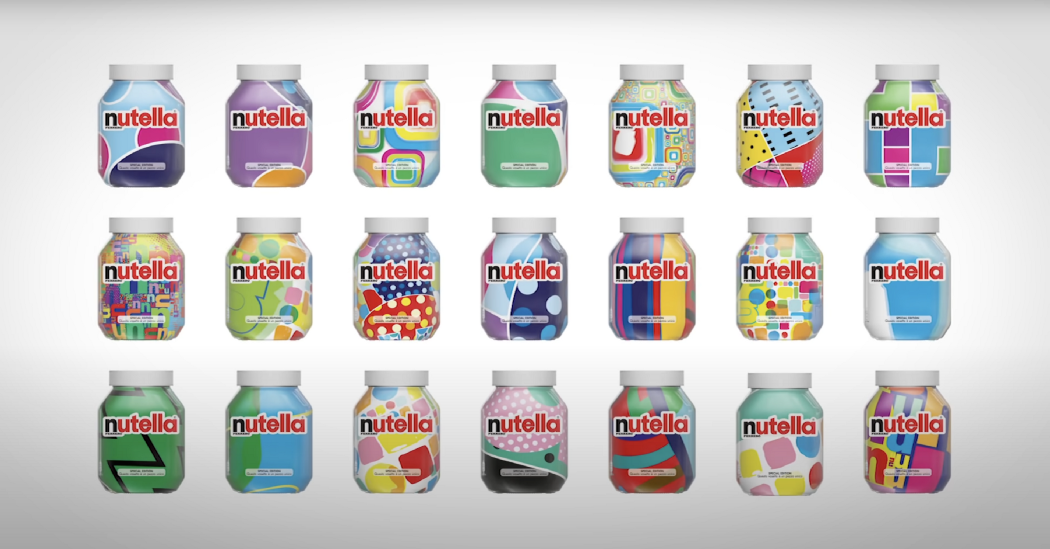

Following the theme of last week’s blog, this week’s piece will use pictorial representations of AI-generated brands and parallelly examine commercial success to truly understand the impact of the design of a product once it hits the shelves.
While statistics alone should be enough to reveal what works and what doesn’t, what further analysis will help us define is the reliability of AI.
To first state what AI can and cannot do, let’s make the obvious assumption that while AI can make suggestions, it cannot conceive its own concept without a prompt. This indicates that any team reliant on AI for branding and design will still need to brainstorm and go back-and-forth on aesthetic, target audience, brand perception, etc.
AI effectively plays a role in streamlining the process – it reduces manhours, increases efficiency and will essentially never draw a blank! This allows design teams to generate endless number of samples and prototypes with minimum effort as input.
Following are a few cases in which established brands hopped on the bandwagon to create new-age looks for their products using AI.
- Nutella
In an attempt to increase its sales, Nutella fed a database of patterns and colors to an algorithm of generative AI* which was quick to churn out 7 million variants in jar designs. These unique jars were sold all across Italy in 2017 and were claimed to be sold out within a month! Nutella Unica, as they called it, relied on the brand's highly recognizable lettering that allowed other elements of the design to be highly customized.
Nike
Nike has chosen a different route to drive up sales and create a unique brand identity using AI. It launched a new system that allowed customers to design their own sneakers in store. This campaign not only attracts and engages new customers but it also collects a huge amount of useful data that machine learning algorithms can use to design future products and deliver personalized recommendations.
Do we still question if AI is the future?
*Generative AI is a type of artificial intelligence technology that can produce various types of content, including text, imagery, audio and synthetic data.






